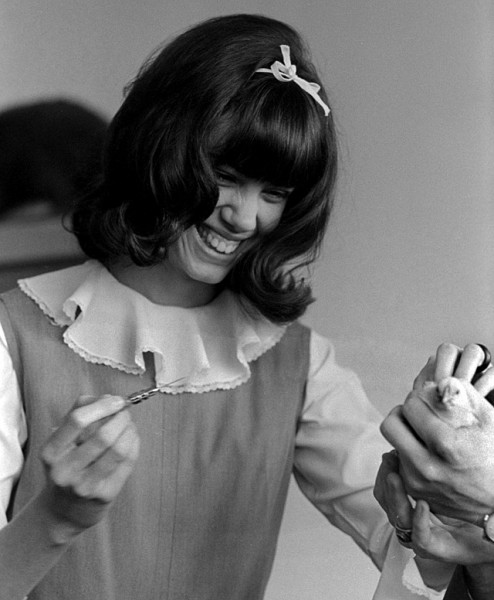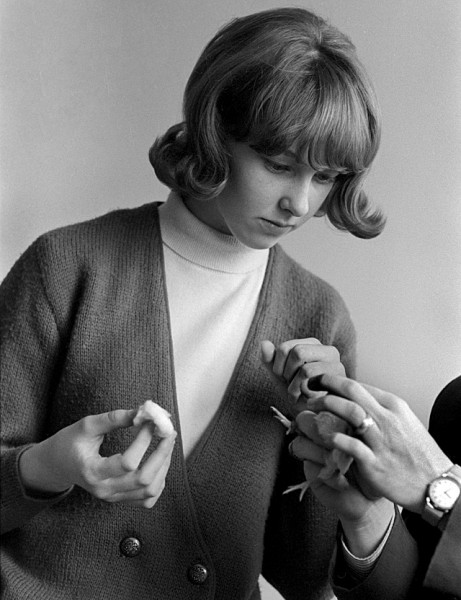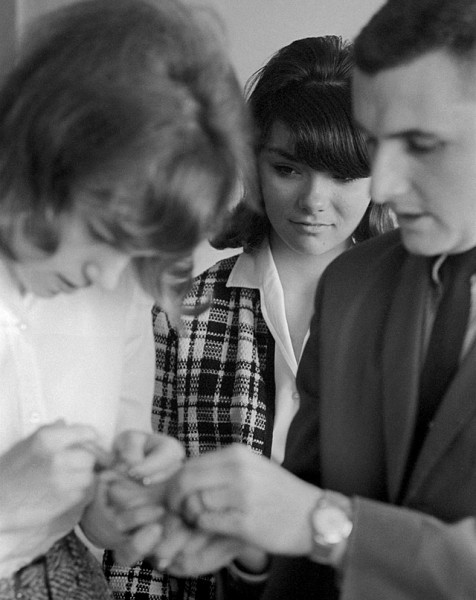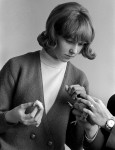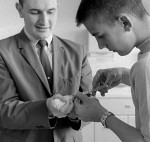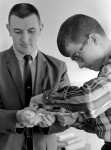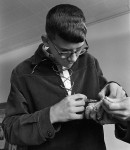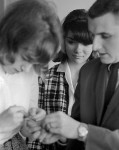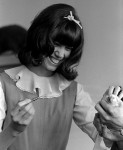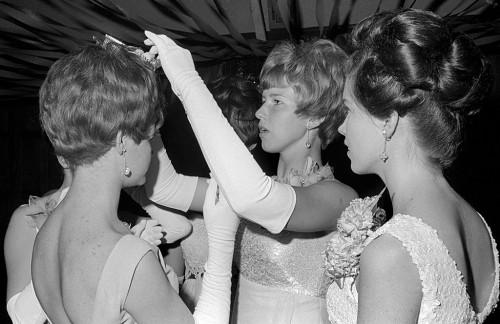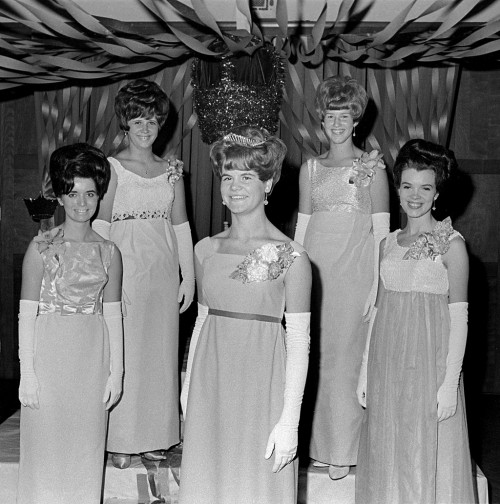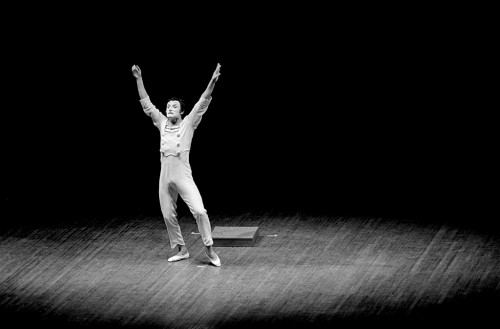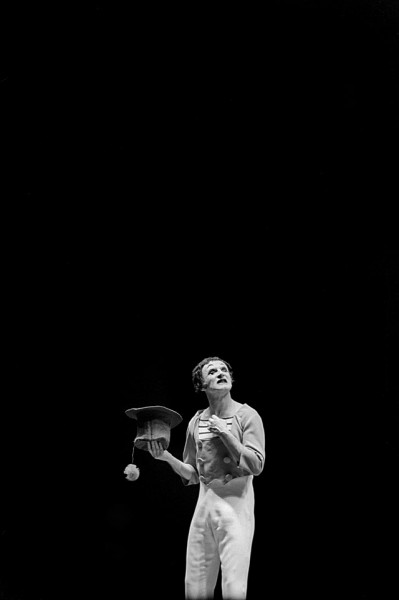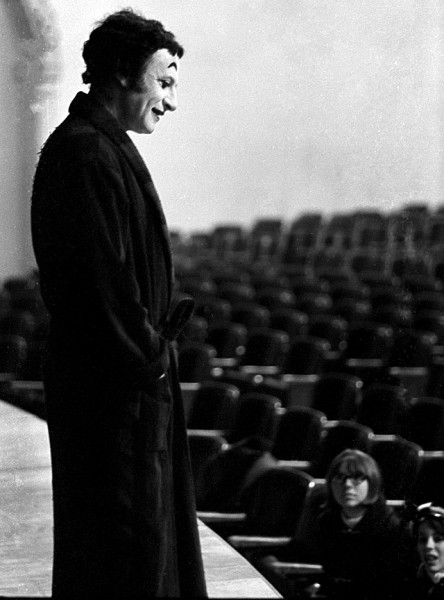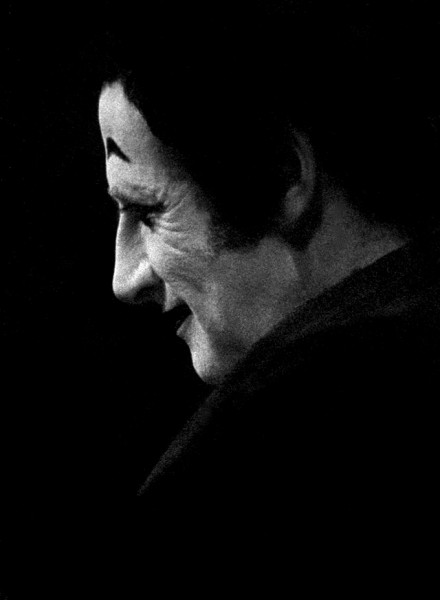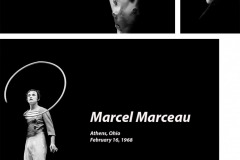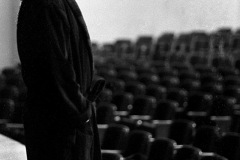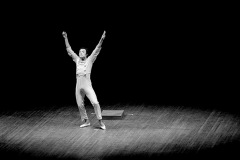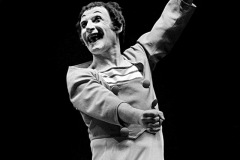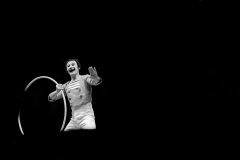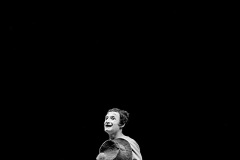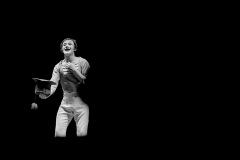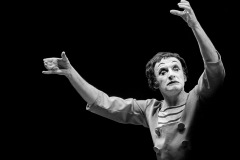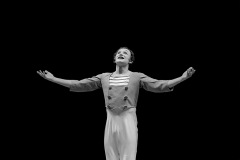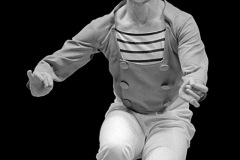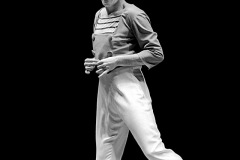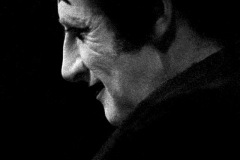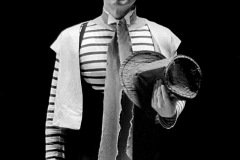 This panorama photo is made up of six aerial photos taken April 17, 2010. It ranges from William Street on the left to north of Broadway on the right. The western boundary is just beyond Fountain St. The gray parking lot at the top left is Cape’s City Hall on Independence
This panorama photo is made up of six aerial photos taken April 17, 2010. It ranges from William Street on the left to north of Broadway on the right. The western boundary is just beyond Fountain St. The gray parking lot at the top left is Cape’s City Hall on Independence
Most panoramas are taken from one spot and the camera swiveled on a tripod. In this case, the “tripod” was Ernie Chiles’ plane flying along at about 100 mph. Because the angle was constantly changing, there is some freaky distortions of the buildings on the edges of the photo, particularly St. Vincent’s Cathedral on the left. Still, it’s a neat effect. I made it larger than usual, so you may have to scroll around to see it all.
Broadway Theater was a panorama
 When I shot the interior of the Broadway theater, I stitched together six photos to show the whole room. It’s a way to cover a wide area if you don’t have a super wideangle lens.
When I shot the interior of the Broadway theater, I stitched together six photos to show the whole room. It’s a way to cover a wide area if you don’t have a super wideangle lens.
The super-secret assignment
I haven’t fooled around much with panoramas because they were a real pain back in the days of film and paper prints. One day The Big Boss called me in and said he needed some aerial photography done for a super secret project for someone he wouldn’t name. I wasn’t supposed to discuss the assignment. Some days you ask questions. Some days you salute and say, “Yes Sir.” This was the latter.
In 2012, you’d call up Google Earth and have what you wanted in minutes, but this was in the days when the Google Earth guys were still wearing diapers, so that wasn’t an option.
The chopper ride was the fun part
So, I chartered a helicopter, took the door off, put on a safety harness, stood on the skid and leaned out into space so I could shoot straight down as much as possible. It was cool. Because the boss wanted a couple block area covered and in close detail, we flew multiple grids and I banged off a couple hundred frames. That was the easy and fun part.
When I got into the darkroom, though, I realized that I wasn’t as smart as Photoshop is today. No matter how straight to the ground I had tried to hold the camera, there was always a slight angle that kept the prints from lining up.
The next day, I spread out enough prints on The Big Boss’s floor to just above cover the whole shebang. I explained the technical problem, then I handed him two sheets of aerial photos of the area from the county’s tax assessor. He said I wouldn’t need to muck with making the prints; the county photos would do fine. (He was pleased enough with my ingenious solution that he didn’t think to ask why I hadn’t done that in the first place.)
So, what was the whole super secret deal about? I have no idea to this day. From time to time I’d drive through the neighborhood to see if any changes were taking place, but nothing ever sprouted up. I don’t know if the project was scuttled or what happened. At least I got a neat chopper ride out of it.
Other downtown shots
Downtown Cape Girardeau from the air and ground (includes other links)


